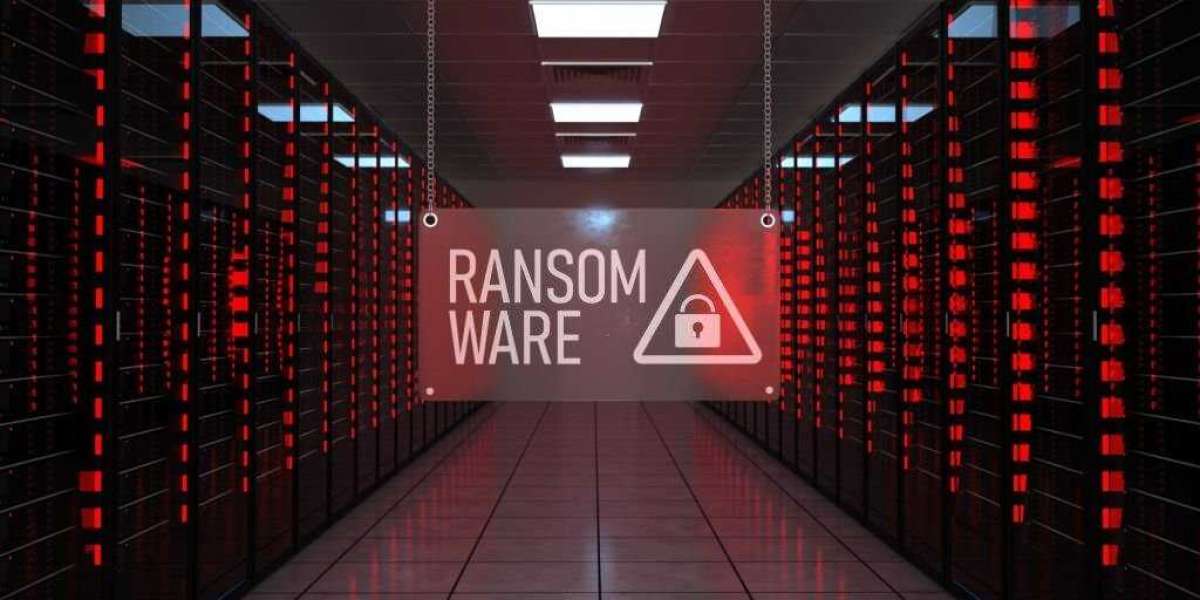Ransomware attacks are one type of cyberattack that can seriously harm enterprises. The following ransomware best practices for prevention and response can assist in defending your company from a cyberattack:
Update your software: Update your operating system, programmes, and security software frequently to fix known vulnerabilities that hackers could exploit.
regular data backup Make sure to regularly backup your data and to store it securely, away from your network. Test your backups frequently to make sure they can be recovered in the case of an attack.
Install and keep up-to-date antivirus and anti-malware software that can identify and stop a variety of cyberthreats, including ransomware.
Employee education: Consistently instruct and inform your staff on how to spot and steer clear of potential cyber dangers such phishing emails, social engineering schemes, and dangerous software downloads.
Utilize secure passwords: To stop intruders from accessing your systems, use multi-factor authentication and strong, complicated passwords.
Limit user access: Use the least privilege concept to limit user access to sensitive data and systems.
Periodically analyse the security of your network, look for weaknesses, and take action to fix them to stop cyberattacks.
Create a response strategy: Prepare a response strategy that entails actions to separate afflicted systems, evaluate the harm, and restore systems from backups. To make sure your response strategy is efficient, test and update it frequently.
You may drastically lower the danger of a cyber-attack and safeguard your company's priceless data and systems by adhering to these ransomware best practises for prevention and response.








